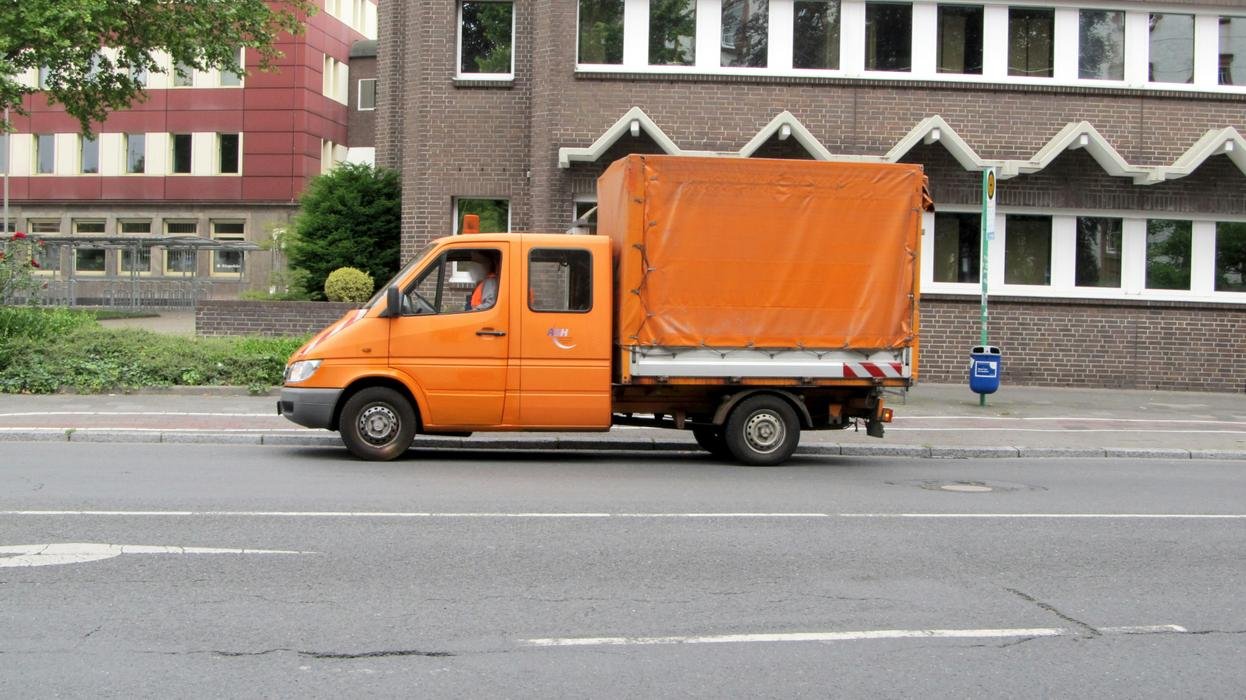How to Pack a Kitchen Without Breaking Anything: Expert Tips
Packing a kitchen for a move can often feel like a daunting task, especially when surrounded by fragile dishes, delicate glassware, and essential appliances. The goal is clear: you want to ensure your items arrive at your new home safely, intact, and ready to be set up without hassle. In this comprehensive guide, we will explore how to pack a kitchen without breaking anything, offering expert tips and strategies that will simplify your moving process.
Start Early to Pack Your Kitchen
One of the most crucial steps in packing your kitchen is to start early. Avoid the last-minute rush that can lead to damaged items and poor packing decisions. Aim to begin the packing process at least 2 to 3 weeks before your moving day.
Make a Packing Plan
Creating a detailed packing plan helps streamline the process. Decide which kitchen items you use less frequently—these can be packed first. Items like seasonal dishes, baking trays, and specialty appliances can be boxed up well in advance. Keep essentials, such as your daily dinnerware and utensils, set aside until closer to moving day.
Gather the Right Packing Supplies
To efficiently pack a kitchen without breaking anything, having the proper packing supplies is essential. Here’s a list of items you’ll need:
- Sturdy Boxes: Use new or gently used boxes that are specifically designed for packing fragile items. Wine boxes or dish pack boxes are excellent choices.
- Packing Paper: This is ideal for wrapping individual items. Avoid using newspapers, as the ink can smudge and stain.
- Bubble Wrap: Use bubble wrap for extra cushioning around fragile items.
- Packing Tape: Strong tape will secure your boxes and keep items safe.
- Markers: Label boxes clearly so you'll know their contents at a glance.
- Dish Towels/Blankets: These can serve as extra cushioning for fragile items.
Sort and Declutter
Before packing, take the time to sort through your kitchen items. This is a perfect opportunity to declutter and donate or discard items you no longer use.
Organize Items
- Categorize: Group similar items together (e.g., dishes, pots and pans, small appliances, utensils).
- Consider Frequency of Use: Keep frequently used items separate for easy access during your move.
Packing Fragile Items
Packing fragile items is where the bulk of your efforts will take place. Here’s how to pack a kitchen without breaking anything when dealing with delicate glassware and dishes.
Plates and Bowls
- Wrap Individually: Use packing paper to wrap each plate and bowl individually.
- Stacking Method: Place a layer of bubble wrap in the bottom of the box, stack plates vertically (like records), and fill any gaps with packing paper to minimize movement.
- Label Boxes: Clearly label boxes containing fragile items and mark them as "Fragile."
Glassware and Cups
- Use Dividers: If you have them, use glass dividers in your boxes to prevent items from banging against each other.
- Wrap Carefully: Wrap each glass carefully in packing paper and place them in an upright position within the box.
Pots and Pans
- Stack and Secure: Stack pots and pans nested within each other, placing towels or packing paper in between to prevent scratches.
- Lids: Keep lids with their corresponding pots by wrapping them together or placing them separately in a way that they won't rattle.
Packing Appliances
Small appliances like toasters, blenders, and coffee makers can be tricky. Here’s how to pack these items securely:
Clean and Prepare Appliances
- Clean Thoroughly: Ensure all appliances are clean and dry before packing to prevent any food residue from causing odors.
- Detach Components: If possible, remove any detachable components (like blender jars) to pack separately.
Wrapping and Packing
- Bubble Wrap: Use bubble wrap around each appliance for extra cushioning.
- Secure Loose Parts: Place small parts, such as lids or cords, inside the appliance or in a labeled bag to keep everything organized.
Safely Packing Utensils and Miscellaneous Items
Packing utensils and smaller kitchen tools requires careful attention to prevent loss and damage.
Utensils
- Use a Container: Consider using a plastic bin or a specific drawer organizer to hold your utensils while moving.
- Wrap Sharp Items: Use packing paper to wrap sharp knives and utensils to prevent injuries.
Miscellaneous Items
- Everything Else: For items like mixing bowls, measuring cups, and cutting boards, wrap them individually and place them in boxes with adequate padding.
Loading the Moving Truck
Once you’ve packed your kitchen items, it’s time to load them onto the moving truck. The way you load can greatly affect whether your items survive the journey intact.
Order Matters
- Heavier Items First: Always place heavier boxes on the bottom and lighter ones on top.
- Secure Boxes: Use bungee cords or blankets to secure boxes in place to prevent them from shifting during transport.
Unpacking Your Kitchen
Arriving at your new home is exciting, but the unpacking process can often be overwhelming. Here's how to make it easier.
Unpack in Stages
Don’t feel pressured to unpack everything at once. Start with essentials like plates, silverware, and cooking utensils, and gradually unpack other boxes.
Setup Strategically
As you unpack, set up your kitchen systematically. Think about your culinary habits and group items accordingly (cooking tools near the stove, dishes near the dining area, etc.).
Final Checklist for a Stress-Free Move
Before you finalize your moving plans, here’s a handy checklist to ensure you’ve covered all bases:
- Start packing early
- Gather packing supplies
- Sort and declutter kitchen items
- Use appropriate packing methods for fragile items
- Label everything clearly
- Load the moving truck strategically
- Unpack in stages according to necessity
FAQs
What is the best way to pack dishes so they don’t break?
To pack dishes, wrap each one individually in packing paper or bubble wrap and stack them vertically in a sturdy box. Fill any gaps with additional cushioning.
How do I pack glassware safely?
For glassware, use dividers in boxes, wrap each piece in bubble wrap or packing paper, and position them upright to minimize the risk of breaking.
Should I use old newspapers for packing?
Avoid using old newspapers as they can leave ink stains. Instead, use packing paper or bubble wrap for a cleaner packing process.
How can I keep my kitchen organized during a move?
Declutter before packing and label boxes clearly. Group similar items together to maintain an organized approach during packing and unpacking.
What's the most challenging part of packing a kitchen?
The most challenging part can often be packing fragile items safely. However, adhering to best practices—such as wrapping items well and using cushioning—can alleviate this stress.
By following these expert tips on how to pack a kitchen without breaking anything, you can simplify your move and arrive at your new home with peace of mind. Happy moving!












No Comments
Sorry, the comment form is closed at this time.